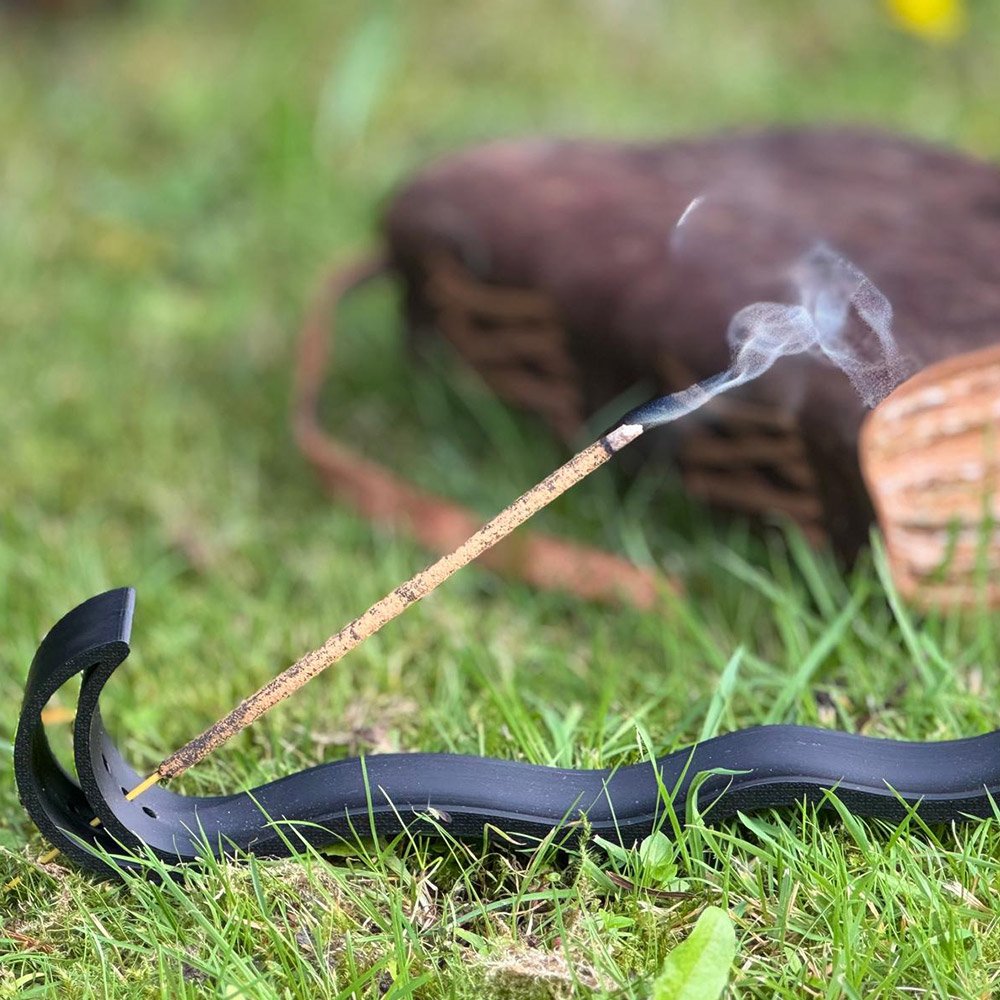Incense sticks have long been used in various cultures for spiritual rituals, meditation, and creating relaxing atmospheres. However, it’s important to keep in mind that improper use or poor-quality incense can pose health risks. To help you enjoy the benefits of incense while minimizing potential hazards, here are some tips for safer and healthier incense stick use:
1. Choose Natural Ingredients
When selecting incense sticks, prioritize those made from natural materials such as herbs, woods, resins, and essential oils. Avoid incense that contains synthetic fragrances or chemical additives, as these can release harmful toxins and irritants when burned. Natural incense not only provides a more authentic and pure scent but also reduces exposure to potentially harmful substances, making it safer for both you and your environment.
2. Ensure Proper Ventilation
While burning incense, it’s essential to have good airflow in the room. Incense smoke contains particles that can irritate the respiratory system, especially in enclosed spaces. Always burn incense in a well-ventilated area by opening windows or doors to allow fresh air to circulate. This reduces the concentration of smoke and prevents the buildup of particles that could trigger respiratory discomfort.
3. Limit Exposure Time
Though the aroma of incense can be calming, overexposure to the smoke can negatively impact air quality and potentially irritate the lungs, especially for those with respiratory sensitivities or allergies. To minimize this risk, limit your incense-burning sessions to short intervals, and avoid having incense burn continuously for long periods. Take breaks and allow time for fresh air to clear the space.
4. Practice Safe Burning Techniques
To ensure safety while burning incense, always place the stick in a sturdy holder designed specifically for incense use. The holder should keep the incense stick upright and secure to prevent it from falling or tipping over. Ensure that the burning incense is placed away from flammable materials such as curtains, papers, or furniture. Keep an eye on the incense while it burns, and never leave it unattended, as even a small ember could potentially ignite nearby objects.
5. Choose Incense Wisely Based on Sensitivities
If you or someone in your household has allergies, asthma, or other respiratory conditions, consider using lower-smoke incense or other alternatives, such as essential oil diffusers. Some incense varieties produce more smoke than others, and those with respiratory issues may be more sensitive to it. Always pay attention to how your body reacts to different incense and adjust your usage accordingly.
By following these simple but effective tips, you can enjoy the soothing benefits of incense while prioritizing your health and well-being.





